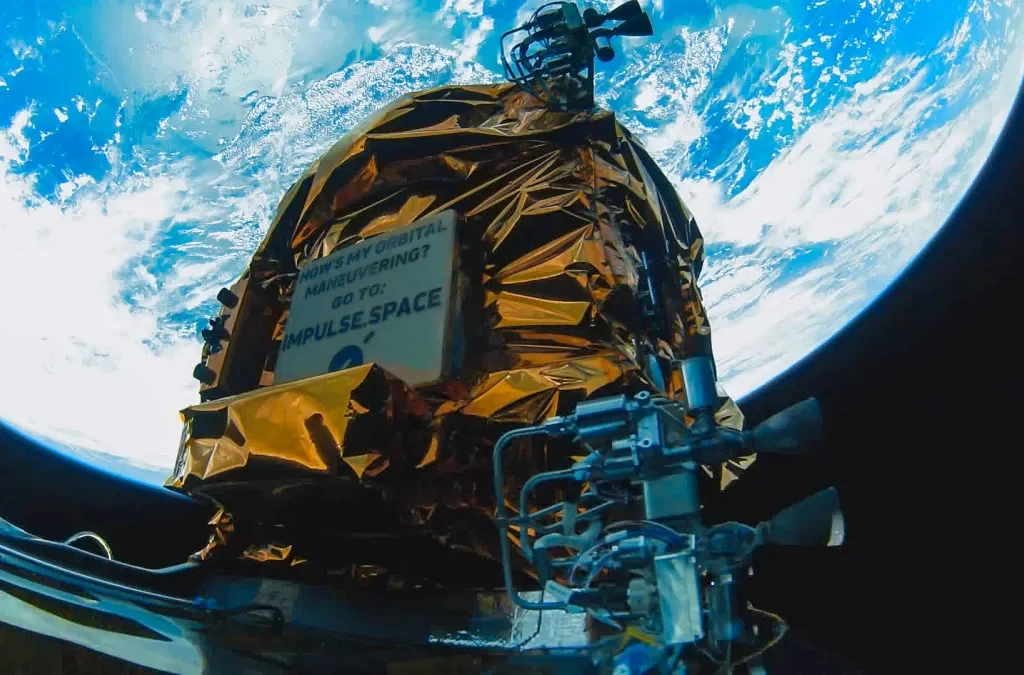In-space transportation startup Impulse Space has raised $300 million in a Series C funding round to expand vehicle production and develop electric propulsion technologies, the company said on Monday.
The round was led by new investor Linse Capital, with additional participation from DFJ Growth and existing backers. The fundraising, described by the company as a “preemptive raise,” comes less than a year after Impulse secured $150 million in Series B funding to support its first Helios mission, planned for 2026.
“It was not our plan to go out and raise anything this half of the year,” said Eric Romo, president and chief operating officer, adding that the round was driven by inbound investor interest. “We looked at, if we had more money in the bank, what would we do that we currently don't do today?”
Founded to offer last-mile space delivery solutions, Impulse Space is scaling production of its Mira and Helios orbital transfer vehicles. The company holds over 30 signed contracts, representing a backlog of nearly $200 million, Romo said.
The Mira platform, its smaller tug vehicle, has seen growing demand for national security applications. Impulse partnered with defense contractor Anduril last year to integrate software for highly maneuverable space missions.
“The narrative from the Space Force around space defense and space control has gotten a lot louder and more public over the last few months,” Romo said, citing increased interest in Mira's capabilities.
In the commercial sector, Impulse announced a deal in May with satellite operator SES to deliver a satellite from low Earth orbit (LEO) to geostationary orbit (GEO) using Helios in 2027, with potential for further missions.
Impulse will also invest in electric propulsion R&D, targeting applications with high delta-V requirements. Romo said the company has not finalized a specific technology approach but will focus on established methods rather than experimental designs.
Headquartered in Southern California with a small presence in Boulder, Colorado, Impulse plans to grow its workforce from 225–250 to around 350 within a year, supported by the new funding. The company is also exploring roles in future NASA transportation services to the Moon and Mars under the agency's proposed fiscal 2026 budget.
“We're trying to expand the places where we can help commercial, NASA and defense customers,” Romo said.
